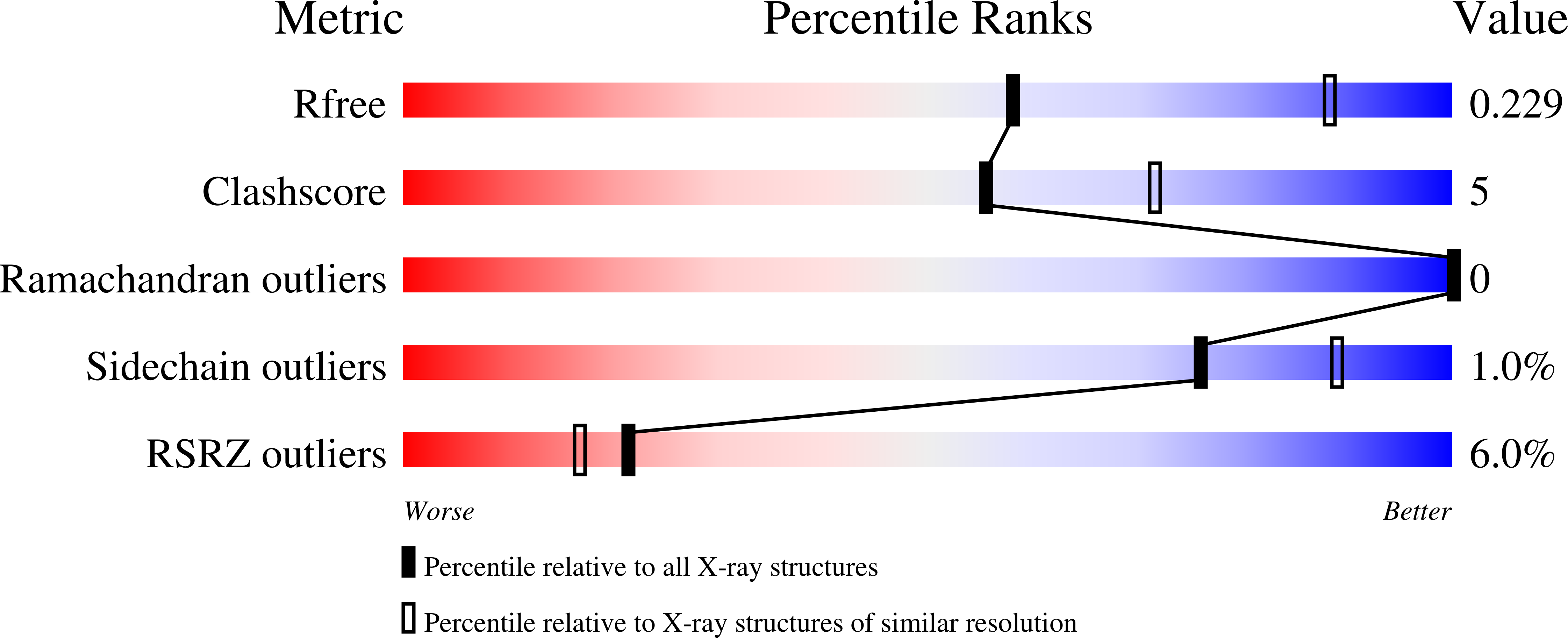
Deposition Date
2022-02-18
Release Date
2022-03-30
Last Version Date
2024-10-23
Entry Detail
PDB ID:
7U0N
Keywords:
Title:
Crystal structure of chimeric omicron RBD (strain BA.1) complexed with human ACE2
Biological Source:
Source Organism:
Homo sapiens (Taxon ID: 9606)
Severe acute respiratory syndrome coronavirus 2 (Taxon ID: 2697049)
Severe acute respiratory syndrome coronavirus 2 (Taxon ID: 2697049)
Host Organism:
Method Details:
Experimental Method:
Resolution:
2.61 Å
R-Value Free:
0.23
R-Value Work:
0.18
R-Value Observed:
0.19
Space Group:
P 1 21 1


